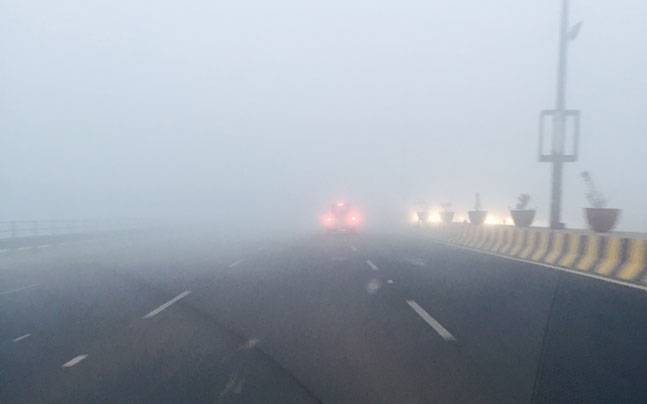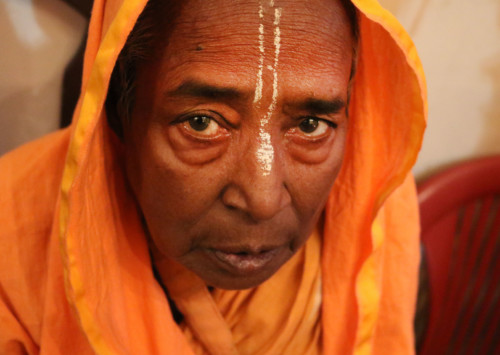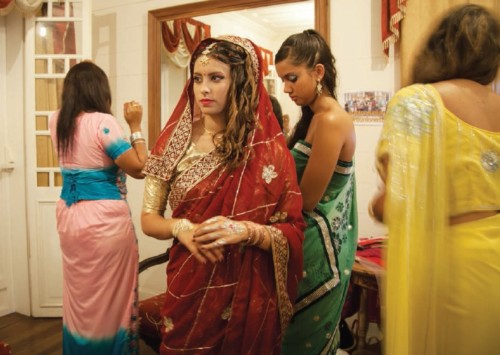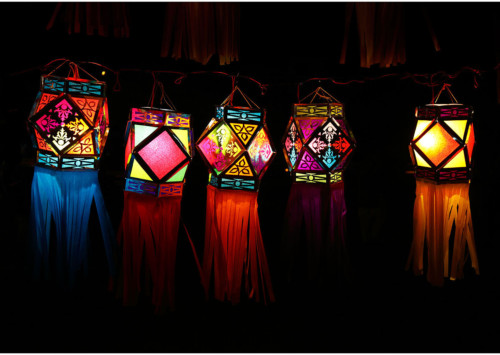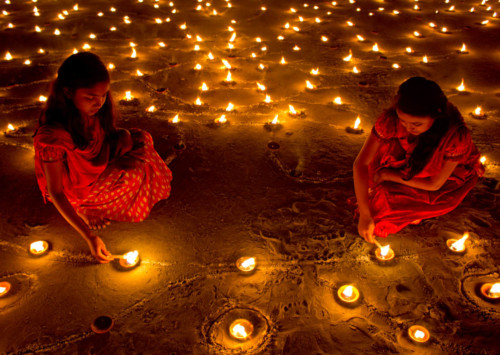Diwali leaves Delhi engulfed in severe pollution and smog
With Diwali, it seems New Delhi’s little remaining clean air has also waved goodbye this year. The level of pollution in the city, post-Diwali, has been the worst in five years with a huge increase in concentration levels of Fine Particulate Matter (PM 2.5).
No, the fogginess in New Delhi is not an indicator of the arrival of winter. While some people in the capital city resorted to celebrate an eco-friendly Diwali, many decided not to join them. As a result, Delhi waved a good bye to the festivities until next year but with a lot of smog in the air.
According to the System of Air Quality and Weather Forecasting and Research (SAFAR) of the Union Earth Science Ministry, that studies the impact of air pollution on Health and Agriculture in major metropolitan cities in India, the average level of Fine Particulate Matter (PM 2.5) was around 300 micrograms per cubic metre last Sunday on the day of Diwali.
Fine Particulate Matter is an air pollutant that is a concern for human health when its levels in air are high.
On Monday, PM 2.5 level shot up to more than 600 micrograms per cubic metre and pollution levels remained severe on the following day as well, with PM 2.5 being recorded at 315 micrograms per cubic metre.
As compared to this year, the days after Diwali in 2012, 2013, 2014 and 2015 saw much lower PM2.5 levels. Last year, the PM2.5 level after Diwali was below 200 micrograms per cubic metre, and it was about 250 in 2014. The rise in pollution level is a huge cause of concern for the government as well as for the residents.
Government plans to clear the air
According to the government, purification systems have the potential to reduce carbon monoxide and particulate emission by up to 60 pc in a 25-meter radius area.
Delhi’s inter-ministerial force on air pollution and solid waste management announced last week that it will test run a three-tier air treatment system in New Delhi. Five air purification systems will be installed at the busy intersections of ITO, Anand Vihar, Sarai Kale Khan, Kashmere Gate and either IIT-Delhi or AIIMS to test the effectiveness.
Turning a blind eye?
While the government is planning to test run air purifiers at traffic intersections, the last time New Delhi experimented with such a project, there were no follow-ups even after a success.
An air filtering station was installed at Connaught Place (central Delhi) in 2010, set up by a company named System Life. The filter cleaned 10,000 cubic metres of air every hour for around 18 months; it worked by cleaning polluted air of particulate matter and gases with fabric filters, active carbon cartridges and electrostatic filters.
The machine was operational till October 18, 2011 but the Delhi municipal council did not go ahead with more such purifiers, which could have reduced the pollution levels, but the project did not receive necessary approvals to continue.
With rising pollution levels in major Indian cities, people have already started facing the consequences. “There is smog even inside my house. I have watery eyes since Diwali and my throat is uneasy because of the smoke. I have to get an air purifier for sure,” says a Franco-Indian professional residing in east Delhi.
Companies like Flipkart and Snapdeal have witnessed a noticeable increase in sales of air purifiers. While Flipkart has experienced a 400 pc month-on-month rise in sales, Snapdeal saw a five-times growth. Sales in Delhi are the highest, followed by Bengaluru and Mumbai. Cities like Patna, Ahmedabad, Lucknow, Kanpur and Ludhiana have also seen significant increase in volumes.

